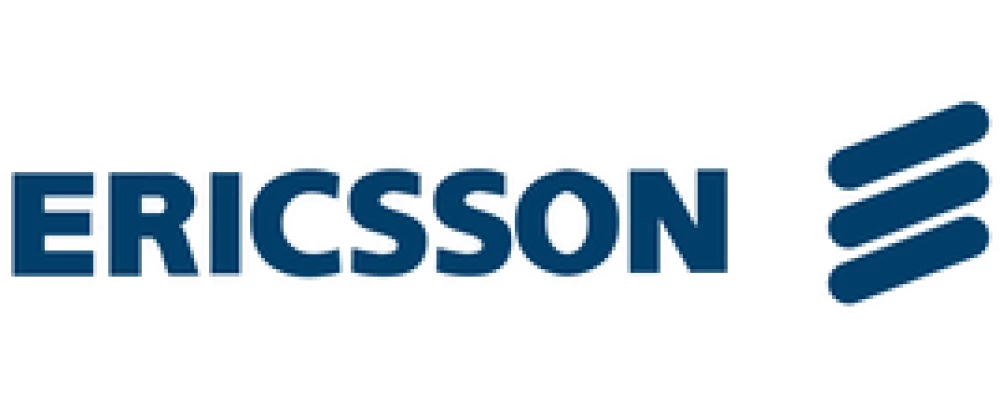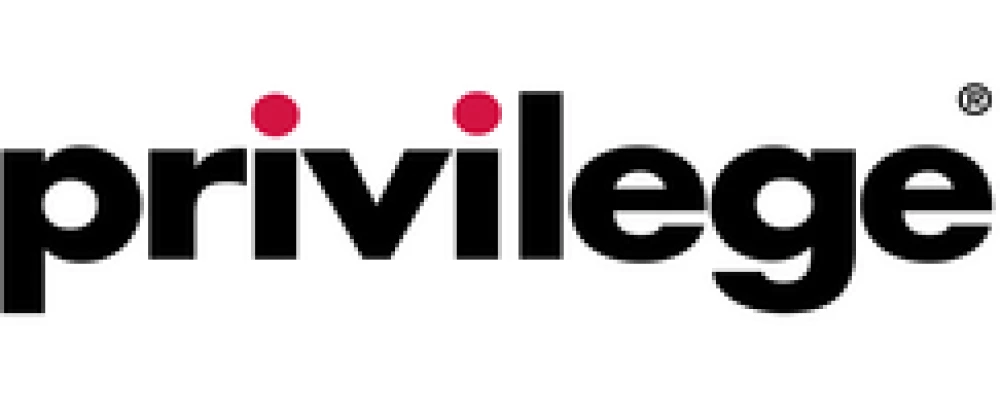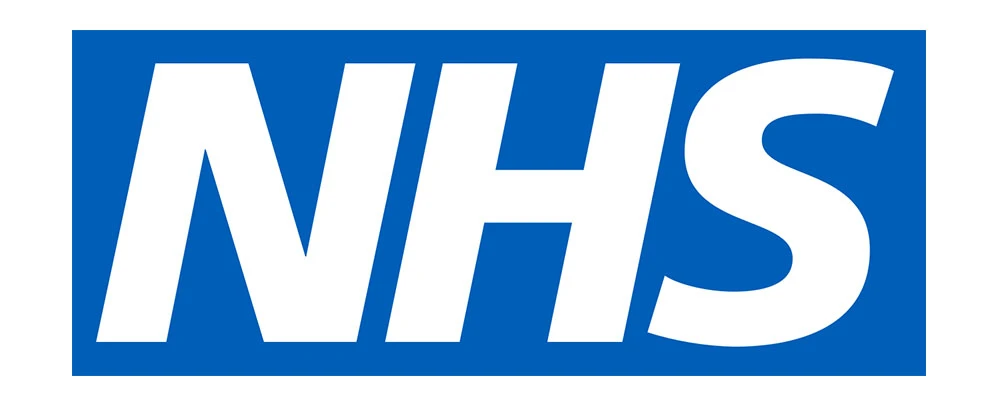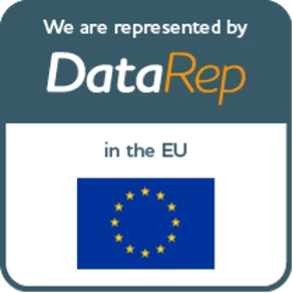Introduction
Why conduct market research? Because in today’s congested market it’s never been more important to find and maintain your brand’s competitive edge.
In this 5 minute article you will learn about the different types of market research that are available to you and how they should be deployed for brand success.
Its a must-read for any brand owner who is thinking of conducting market research for the first time.
What is market research
Market research provides the insight used by organisations to inform strategic and tactical decision-making, usually with the aim of maximising brand growth and profitability.
When is market research conducted?
Most market research companies find that the majority of the research they conduct on behalf of clients is devoted to either helping launch new products and services or managing and growing those already in-market.
Market research for new brand launches
With regard to the development and launch of new products, it’s surprising just how many companies – even large ones – will go ahead and launch without a sufficiently detailed understanding of the marketplace, comprising;
- Competitors; their brands, products, positioning and propositions, key features, benefits, sales volumes and prices
- Consumers; their underlying needs, expectations and behaviours, their brand and product preferences, their rate of product consumption, their customer experience requirements, their price expectations
Appropriate research during the stages of product and brand development can identify;
- The optimal brand configuration; its positioning, purpose and essence
- The product’s most compelling specification; its proposition, features and benefits
- Target customer; the customer segment(s) with (partially) unfulfilled needs and expectations
- Sales volume and price points
- Marketing communications; to hierarchy of messages most capable of driving initial brand awareness and adoption
Given that so many new products are developed and launched based on incomplete insight, it is perhaps no wonder that new product and service failure rates are as high as 95%.
Market research for brands already in market
For products and services already in-market, the role of research is to generate the insight required to manage them profitably.
This can mean;
- Helping to optimise marketing and communications campaigns, and then measure their impact
- Monitoring the customer experience provided at the different touch points and channels, so that any issues causing customer inertia can be identified and addressed
- Helping to identify and develop the range extensions that will enable the brand to consolidate and expand its footprint
- Tracking key brand performance indicators; including awareness, recall, purchase andsatisfaction
Which different types of market research are conducted?
The research industry commonly refers to primary versus secondary research.
The former covers any form of research that is generated from scratch. This may be either qualitative or quantitative in nature, and it includes neuroscience or customer experience too.
Secondary research refers to the analysis of market research that has already been conducted and published. It again covers the 4 different approaches outlined above.
Below we review each of the different types in a little more detail;
1. Secondary or desk research
These terms apply to the analysis of market research reports that that are available either on a free or paid-for basis.
Free research is typically found on websites and in (trade) magazines, journals, published reports and previously commissioned client research. The British Library (which also has some subscriptions to paid research sources) also provides access to a wealth of published research material.
-

The importance of market research – Photo by tribesh kayastha on Unsplash
Secondary research can be highly cost-effective, but the information that is available is often piecemeal and lacking in relevant detail. This can require the researcher to either make educated guesses to fill in the gaps, or commission further, bespoke research.
For any organisation commissioning secondary research, it is important to note that the market research agency you are commissioning will probably not even know what information is available to be discovered, until they have started the project. There is, therefore, a leap of faith required by both parties!
2. Primary research
Primary research is the term used to describe any form of research that is generated from scratch. It comprises four main types;
a) Quantitative research
This involves the recruitment of a statistically significant number of people, to answer a variety of closed and open questions, often in the form of a research survey that may be conducted. It can be conducted online, by mail, by phone or face-to-face.
Online. This is by far the most common, rapid and cost-effective method of quantitative data collection, at scale, across different geographic locations.

Photo by Myriam Jessier on Unsplash
A B2C survey may comprise just one question, or it may comprise over 100. Typically, though, consumer surveys tend to be no more than 15-20 minutes in length – long enough to ask maybe 30-40 questions.
The majority of those questions are likely to be ‘closed’ – meaning that the possible answers are shown alongside the question, and the ‘right’ answer simply needs to be selected.
A small number of ‘open’ questions may also be included. These are questions for which no answer options are provided, and the respondent (the person taking part in the research) must write a freeform response.
Response rates are generally very low (anything from 1% upwards), unless the subject is one of significant interest to the target audience, so large sample sizes are generally required.
Mail. Mail surveys enable researchers to target specific geographic areas that can be defined by postcode. As such, they are very precise and enable the sort of geographic saturation that online surveys cannot.
Surveys of this nature increasingly tend to be restricted to ‘local’ issues.
Phone surveys. This so-called CATI (Computer Aided Telephone Interview) approach is great for conducting surveys when the available sample is too small for an online approach, and a high response rate is required. This is because response rates for phone surveys can exceed 50%.
Phone surveys are often used in B2B research, where available sample is typically smaller.
Face-to-face. Also called in-person surveys, these are most usually conducted with passers-by in the street. However, face-to-face surveys can also be conducted in the form of ‘hall tests’ where passers-by are invited into a nearby venue – or hall – to evaluate new products, after which they complete a short questionnaire.
Face-to-face surveys are the most expensive option, with a single interviewer perhaps completing less than 10 interviews per shift.
b) Qualitative research
Qualitative research is typically discussion-based (it can also involve observation), exploratory research, the purpose of which is to identify meaningful insights where either none – or only some – currently exist.

The insights that are generated may be quantified afterwards.
For example, qual research is often undertaken as the first step when identifying a brand’s target audience(s) as well as the differentiating, attitudinal and / or behavioural criteria that may be used as the basis of a customer segmentation model.
Qualitative market research is most frequently used in;
- Segmentation development
- Brand development
- New product development
- Advertising and communications development
- Packaging development
- Customer experience development
With as much as 95% of our decision-making in relation to everyday brands being undertaken at the sub-conscious level, qual research provides the means of accessing the subconscious, System 1 criteria that are so frequently responsible for brand choice.
Qualitative research is also essential for developing brand archetypes that are capable of creating an intuitive, emotional bond with consumers (think Apple or Virgin), who are able to use them as a means of self-expression.
Qualitative research can be conducted in person, online or by phone. In the case of in-person, the main formats are focus groups and depth interviews.
In the case of online, these same two formats apply, as well as bulletin boards and communities.
Focus groups
This format is most frequently used in B2C research. Focus groups typically comprise 4-8 respondents and last for 1-2 hours. During the time the moderator uses a discussion guide to pose a series of pre-determined questions but also has the flexibility to pursue other issues and topics as they occur.
Projective techniques are often used during the sessions, as a means of uncovering subconscious thoughts and feelings.
Depth interviews
These sessions are similar in format to focus groups but are run with just one or two (in the case of paired depth) respondents.
Depth interviews are commonly used when sensitive issues are going to be discussed and as a result, they are common in B2B research as they are in B2C.
Observation
Observation is another form of qualitative research. When asking respondents to explain how they perform a certain detailed task (e.g. undertaking the weekly shopping or searching online for a holiday) their recall is likely to both partial and faulty.
Instead, therefore, moderators can observe consumers actually undertaking the task in question, either in silence, or prompting with relevant questions during the process.
Conclusion
B2C and B2B brand success is harder than ever to achieve in today’s ultra-competitive and noisy marketplace. As a result, the brands that do succeed are those that make fewest mistakes, whilst also identifying the sources of competitive advantage that others have missed.
Market research has never been more important in helping to shape and monitor brand strategy.
Ask Brandspeak
Brandspeak is a London-based market research agency which offers a full range of research types, including qualitative, quantitative, neuroscience and customer experience. For more information about our services call us on +44 (0)203858 0052 or contact us enquiries@brandspeak.co.uk















